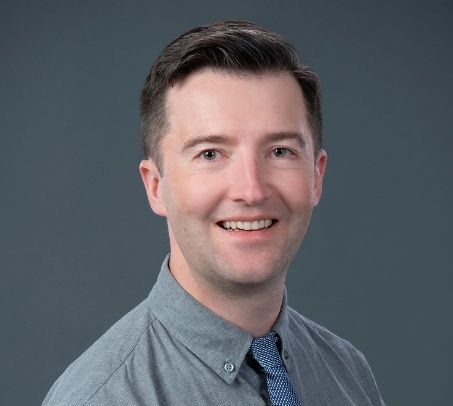Recruitment and retention remain the keys to success for acquiring more nurses and family doctors in the north.
That’s according to Northern Health CEO Ciro Panessa.
Last fall, the province scrapped the fee-for-service model used by family doctors and replaced it.
Different factors are now being considered, including the time a doctor spends with a patient, the number of patients a doctor sees in a day, and the complexity of the issues a patient is facing.
In Part 1 of a two-part series with Vista Radio, Panessa stated adding more nurses and family doctors often takes a little longer to achieve in our region.
“There is some lag time here and things take time. As you increase seats and create more opportunities there still can be lag time before you start to see the results of additional people either being brought in or having a benefit of people staying.”
“I think that is the real challenge and that is where we are in a difficult situation right now. We are focused on the right things but it’s taking a bit of time as the results continue to come in and bear fruit.”
The new model, which took effect in February, now sees the average family doctor being paid 385 thousand dollars a year…. up from 250 thousand.
Panessa believes the improved pay structure is a huge plus and will go a long way in getting more family physicians here in the north.
“We are on a good path. There have been lots of changes happening with compensation and better compensation for family doctors as well as increased training that is going to pay dividends for us.”
“We know that they are all of the utmost importance to the communities we serve. The primary care and access to it is tremendously important in terms of preventing problems and reducing people unnecessarily needing to go to the hospital.”
With that being said, Panessa noted options such as virtual care visits are here to stay after becoming en vogue during the onset of the pandemic.
“We are going to continue to augment services, which are virtual primary clinics, which I think is an important effort that has been helping to provide access while we have the unattachment that we are experiencing.”
“But there is one thing about the north, we are a strong resilient group. We are also very creative, and I think we’ve got the partnerships we need with post-secondary institutions where we will find our way through this.”
In addition, organizations like the BC Nurses Union have stated hospitals like UHNBC have been sitting at 125% capacity for most of the year while other facilities in Chetwynd, Mackenzie, Dawson Creek, Fort St. James have gone on diversion throughout the year, redirecting patients to other hospitals.
A rally was held on the topic, demanding Health Minister Adrian Dix make a stop in the northern capital to assess the current working conditions at UHNBC. However, as the summer ticked by, the request for a visit was never followed through, which drew the ire of Prince George-Valemount BC United MLA Shirley Bond.
As of the spring of 2022, there were upwards of 800 students on a waiting list to get into the nursing program at UBC.
To make matters worse, our region normally has 25% fewer nurses when compared to the rest of BC.
Panessa is of the opinion that some of the staffing shortages at UHNBC can be alleviated if the proper progression plan is implemented.
“We can move towards different incentives and other things we can do at work to improve the experience and other types of training opportunities so that people locally can earn, learn, and train. If you are living in Prince George and want to become a health care professional, how do we make that as easy as possible.”
In April, the provincial government announced it would be making a $750 million investment over three years to roll out a new staffing model for nurses.
It aims to ensure a certain ratio of patients to nurses is met – one-to-one for critical care patients, one nurse for every two mental health patients, one-to-three for specialized care patients, and four-to-one for palliative care patients.
Part two of our chat with Panessa will be published tomorrow (Wednesday).
Something going on in the Prince George area you think people should know about?
Send us a news tip by emailing [email protected].






